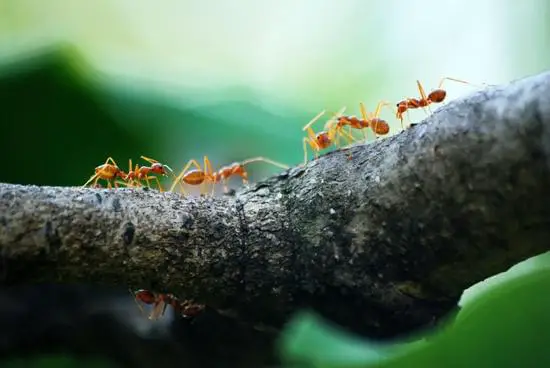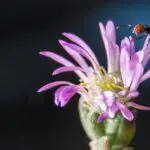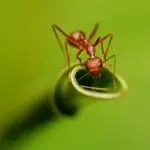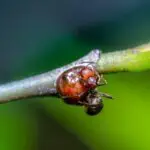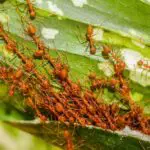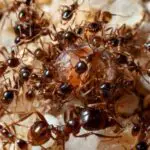Species of Ants
Species of ants are classified according to their behavior, appearance, and their diet. They form colonies and live together in nests. They can be found worldwide. They contribute to the biodiversity of insects. Some species are extremely important to plants, as they help to maintain the health of plants.
They are a member of the order Hymenoptera. They are very social, highly mobile, and have primitive nervous systems. Some species have poison glands.
The body of ants is divided into a thorax, a head, and a metasoma. The metasoma is where reproductive organs are located. It is also where the ant’s stomach and stomach contents are stored. The metasoma is also where the ant stores phenylacetic acid, a chemical that fights bacteria and fungi.
The head is connected to the thorax by a thin neck. The ant’s abdomen is oval. It contains the hooked claws and the two sets of jaws. The inner pair of jaws is used for chewing, while the outer pair is used for digging.
During their lives, ants pass through four stages: the larval, pupal, adult, and reproductive stages. They have a life cycle of eight to ten weeks. Each stage has its own distinct behavior. The larval stage cannot care for itself. It is fed by trophallaxis, which is a method of distribution of food. It is often moved around the brood chambers of the colony.
Reproductive ants have wings. The wings are usually membranous and overlapping. They may lose their wings after mating.
